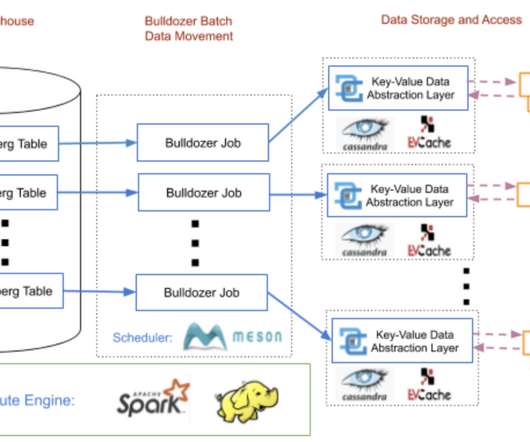Mastering Hybrid Cloud Strategy
Scalegrid
MARCH 14, 2024
Public Cloud Infrastructure Third-party providers run public cloud services, delivering a broad array of offerings like computing power, storage solutions, and network capabilities that enhance the functionality of a hybrid cloud architecture. We will examine each of these elements in more detail.












Let's personalize your content